Pick up from the hotel. Today we will go to visit the Peles Castle located in Sinaia, “the pearl of the Carpathians”. Since 1873 it has been a royal destination. The Castle is a masterpiece of German New-Renaissance architecture, considered by many one of the most stunning castles in Europe. Commissioned by King Carol I in 1873 and completed in 1883, the castle served as the summer residence of the royal family until 1947. Its 160 rooms are adorned with the finest examples of European art, Murano crystal chandeliers, German stained-glass windows, and Cordoba leather-covered walls.
King Carol spared no expense. Peles Castle was the first European castle to have electricity, it even has its own power plant. The Castle has hot and cold running water, central heat and central vacuum system. The stain glass roof of the foyer opens mechanically and there is a small elevator for the royal family. Each room is decorated in a different style or theme. There is a Concert Hall, Music Room (India), Turkish Salon, Great Salon (Italy), Council Room (Switzerland), Moor Hall, and so much more.
The Royal Library has a secret door and the castle’s 60-seat Theater, with royal box, showed the first movie projection in Romania in 1906.
Later we will go search for the dark prince, Dracula, at Bran Castle, located up on a hill, overlooking the Bran Gorge. Surrounded by an aura of mystery and legend and perched high atop a 200-foot-high rock, Bran Castle owes its fame to its imposing towers and turrets as well as to the myth created around Bram Stocker’s Dracula. Built on the site of a Teutonic Knights stronghold dating from 1212, Bran castle was first documented in an act issued on November 19, 1377, giving the Saxons of Kronstadt (Brasov) the privilege to build the Citadel. Narrow winding stairways lead through some 60 timbered rooms, many connected by underground passages, which house collections of furniture, weapons and armor dating from the 14th to the 19th centuries.
Bran castle overlooks the picturesque village of Bran, which offers an open-air Ethnographic Museum consisting of old local-style village houses complete with furniture, household objects and costumes.
Optional Lunch in a traditional Romanian Restaurant.
We will continue our journey with the medieval town of Brasov. Nestled in the midst of tall mountains and playing host to one of the country’s most well preserved baroque city centers, this beautiful Transylvanian town is the most visited city in Romania, after Bucharest. You’ll enjoy a stroll around the old town, where we are going to visit the Black Church, the Rope Street, one of the narrowest streets in Europe, the city gates.
Tranfer to Bucharest and to the hotel.

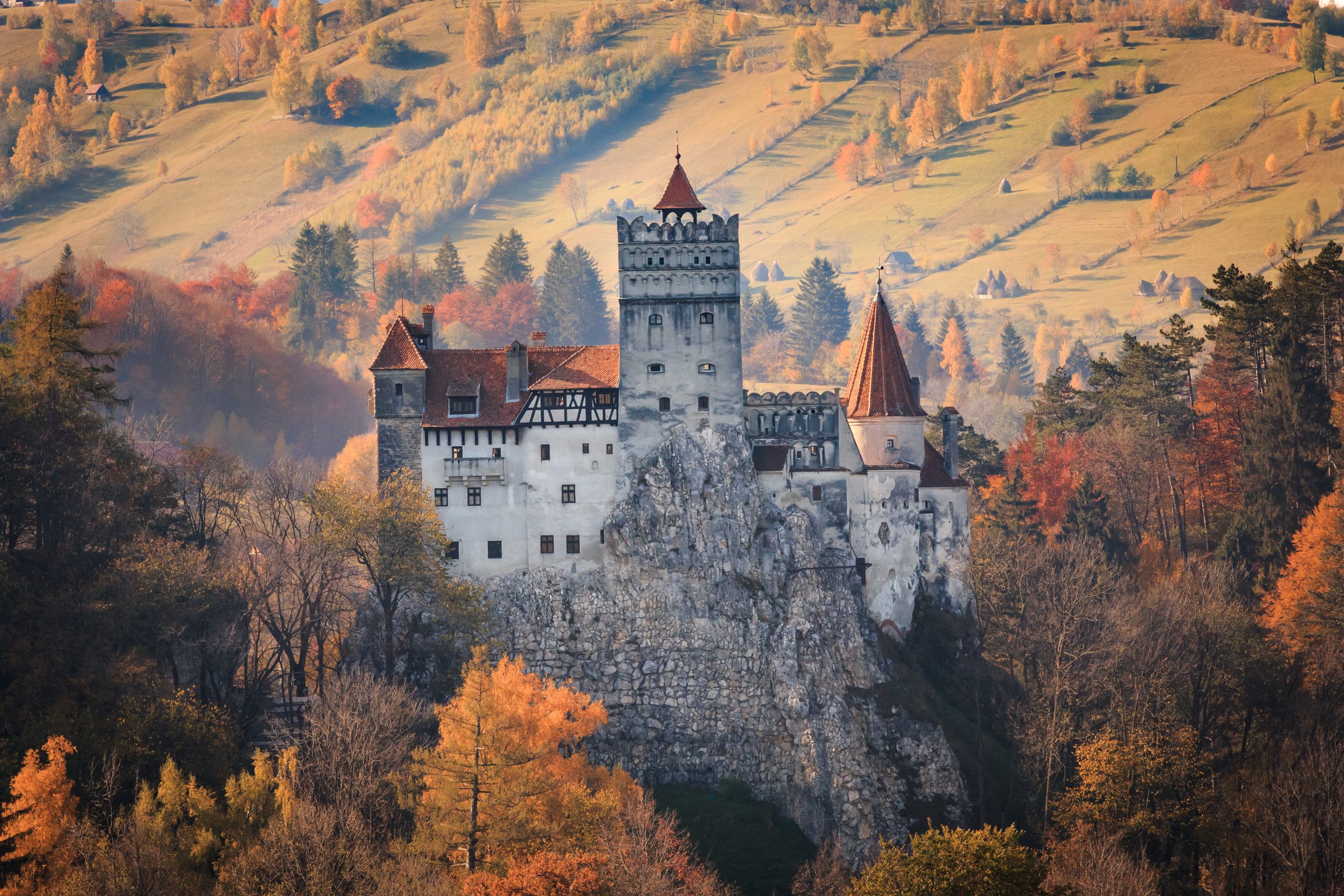

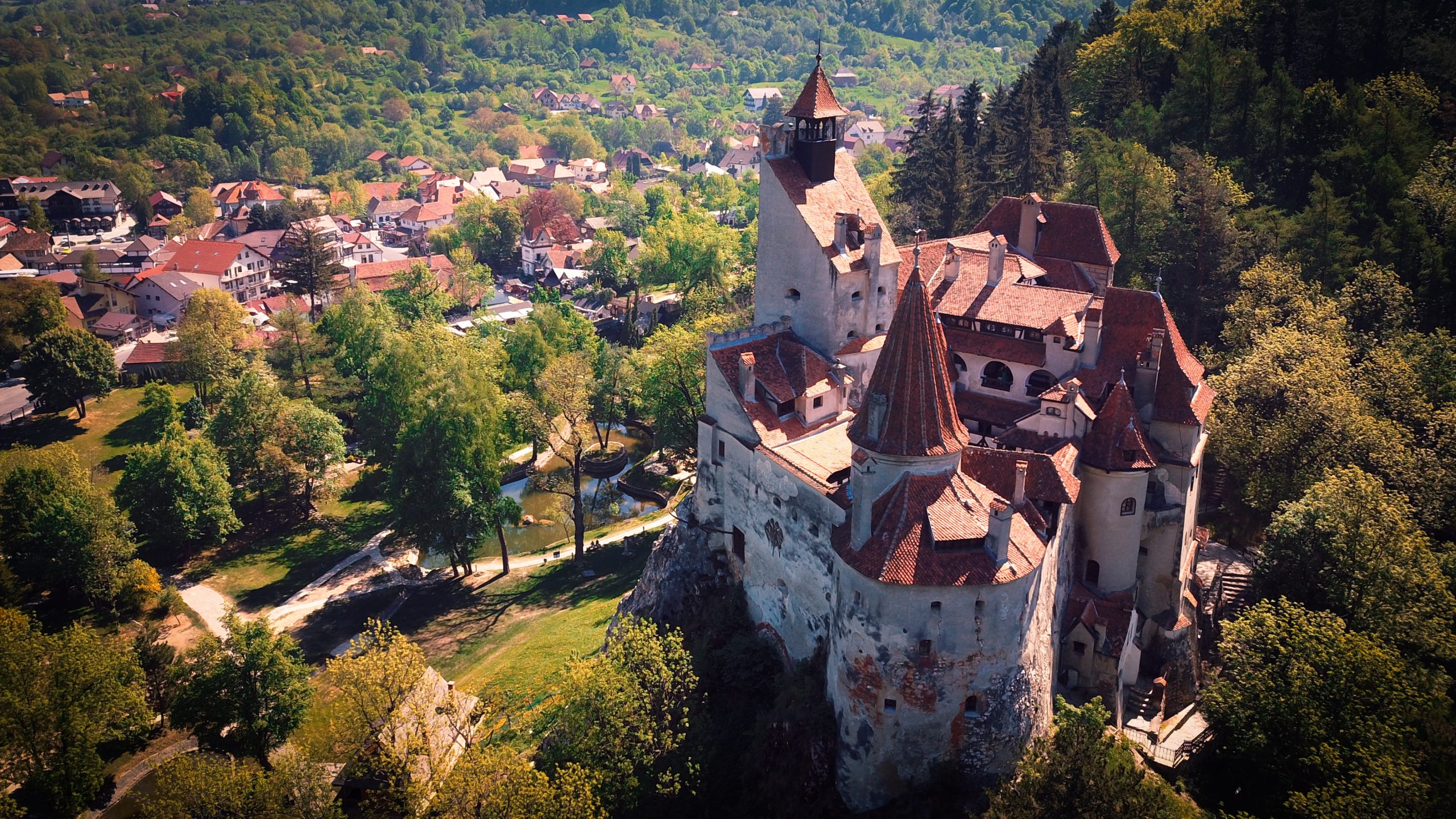
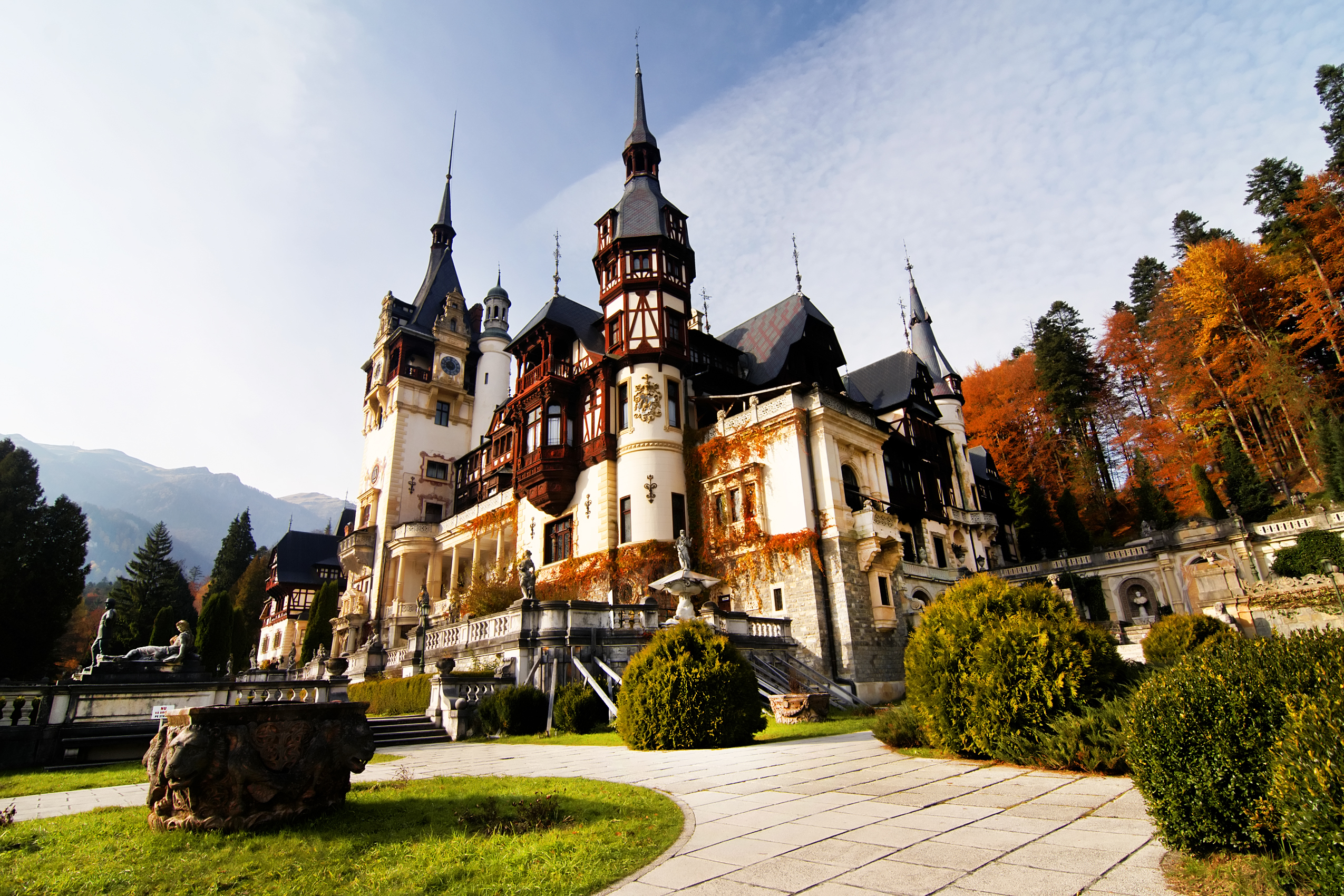

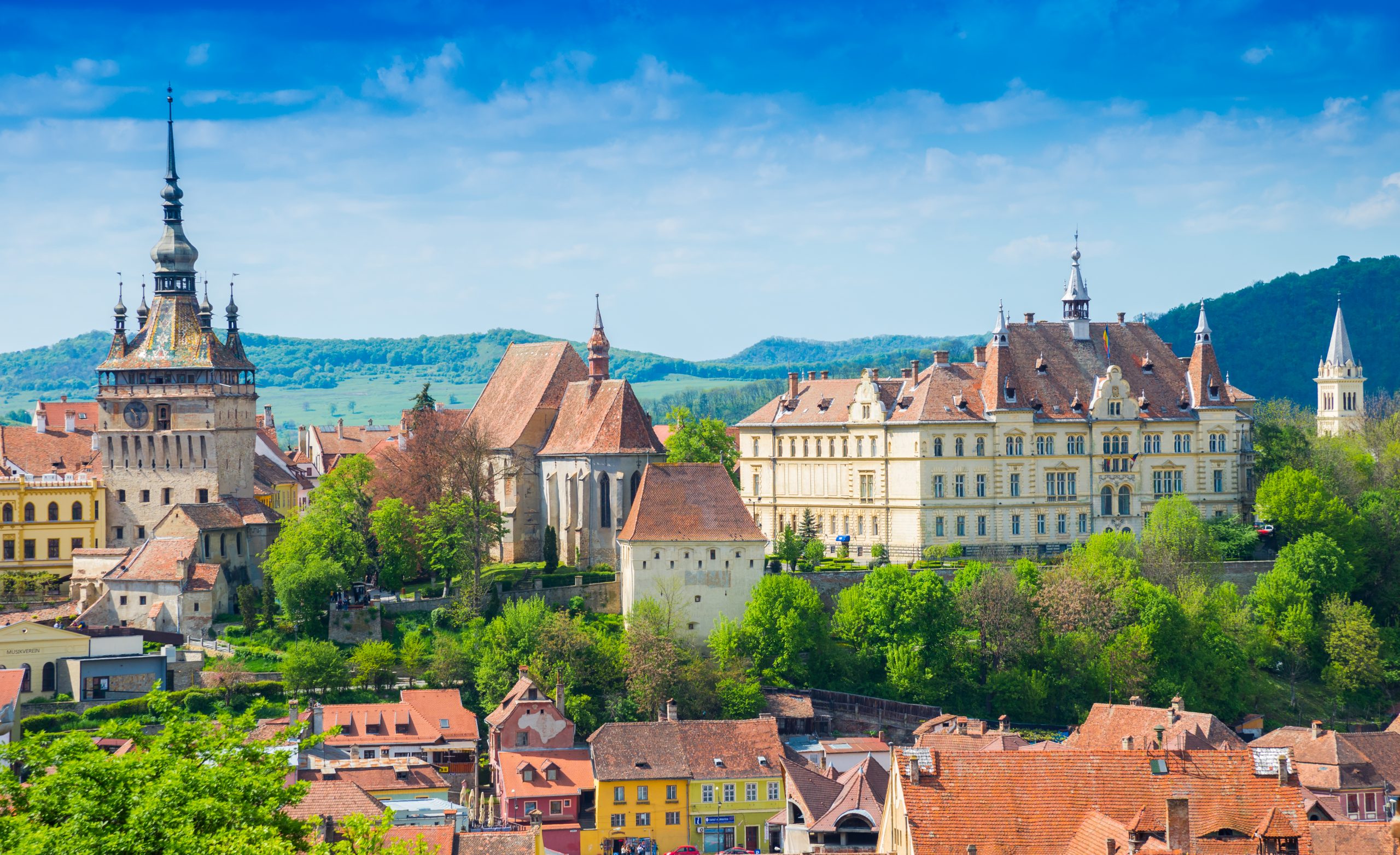
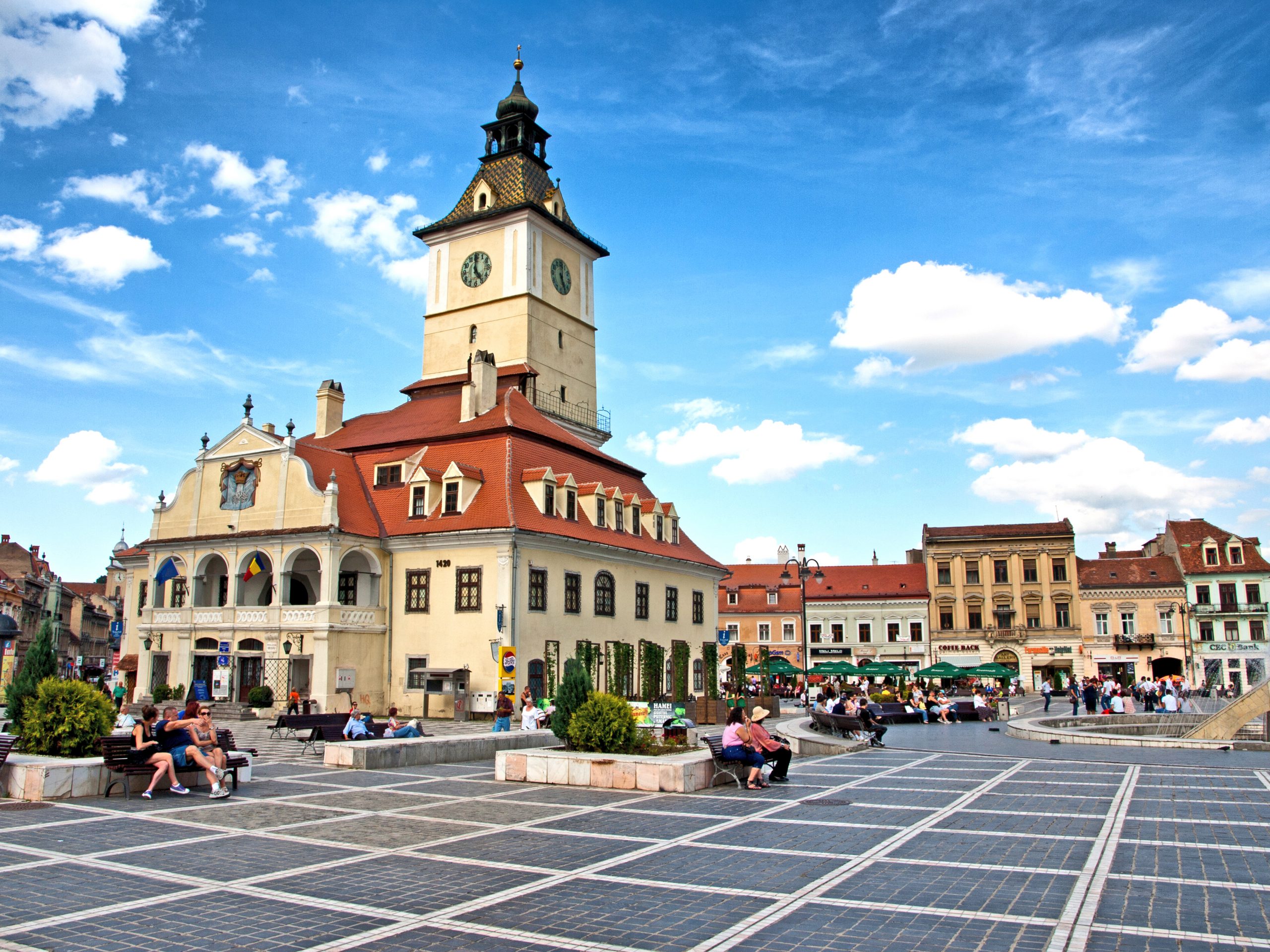
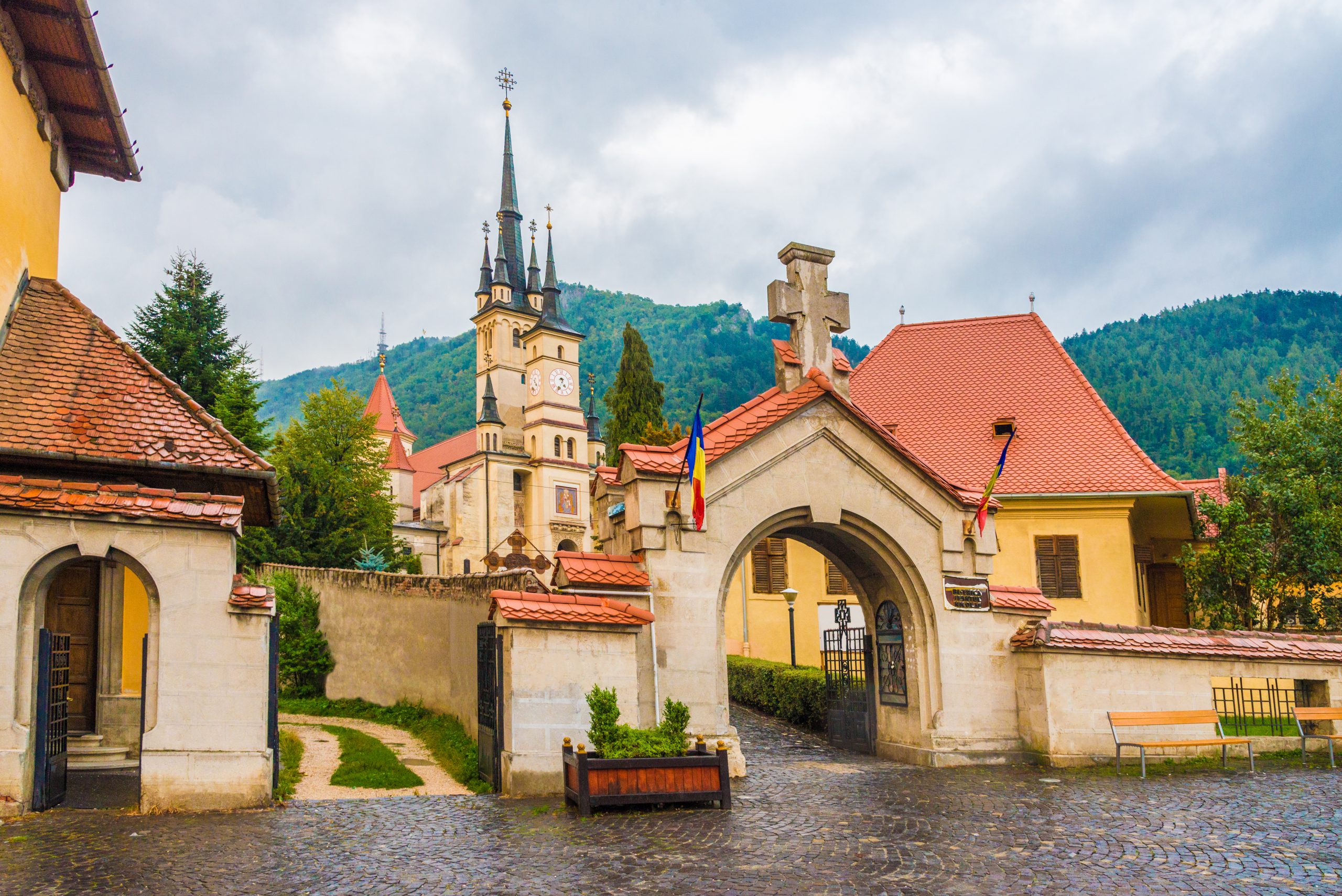
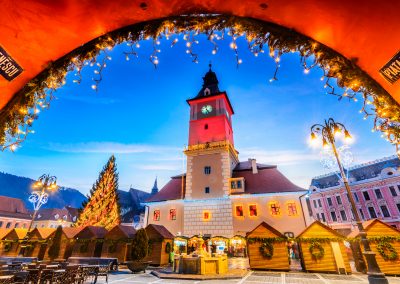
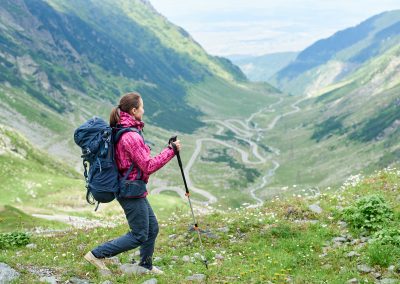
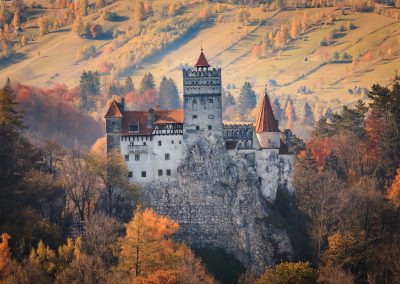
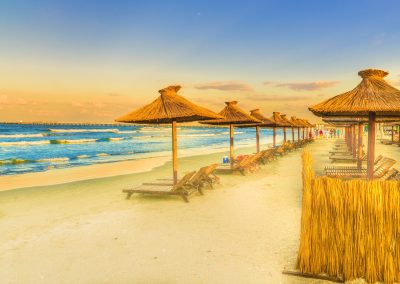
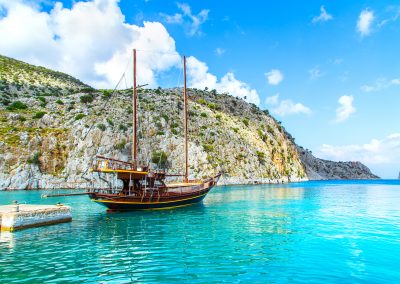
Reviews